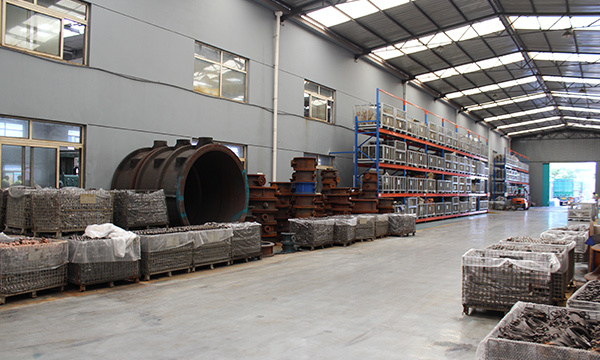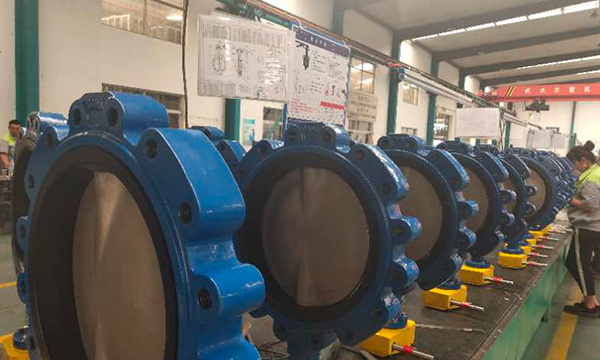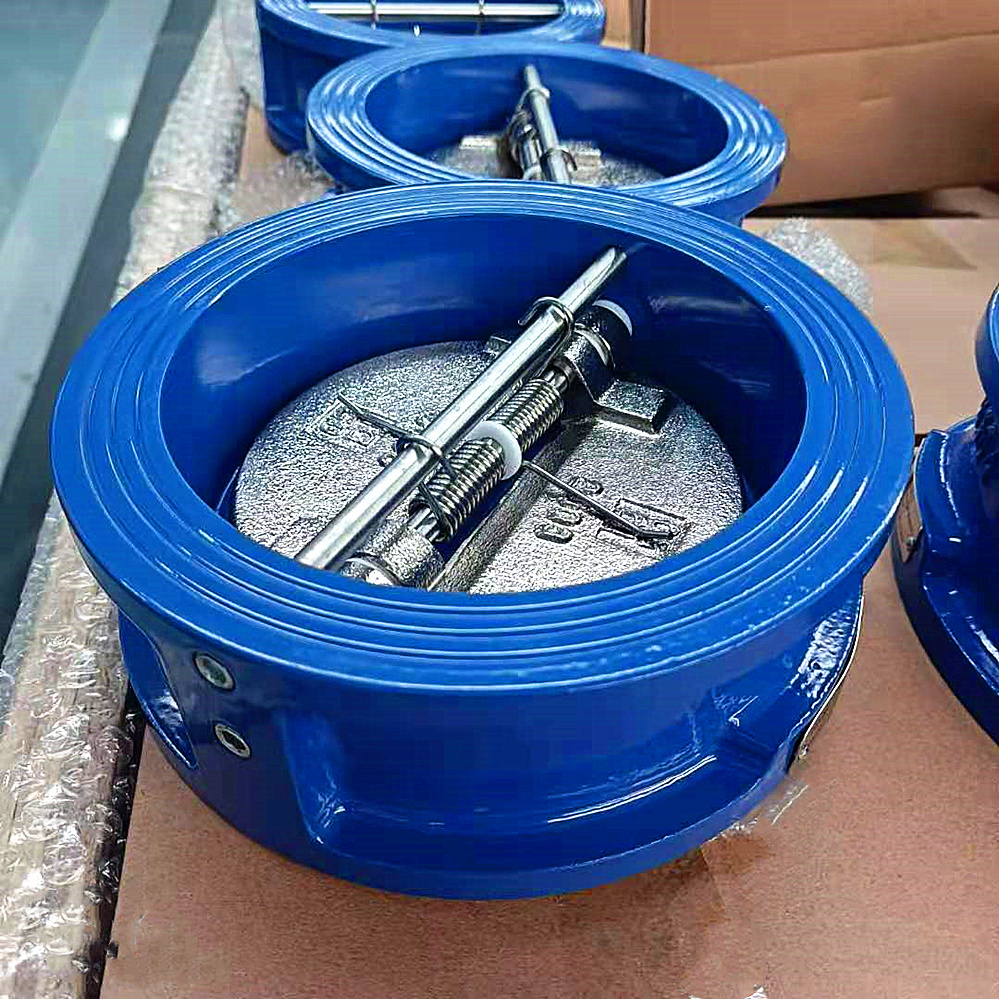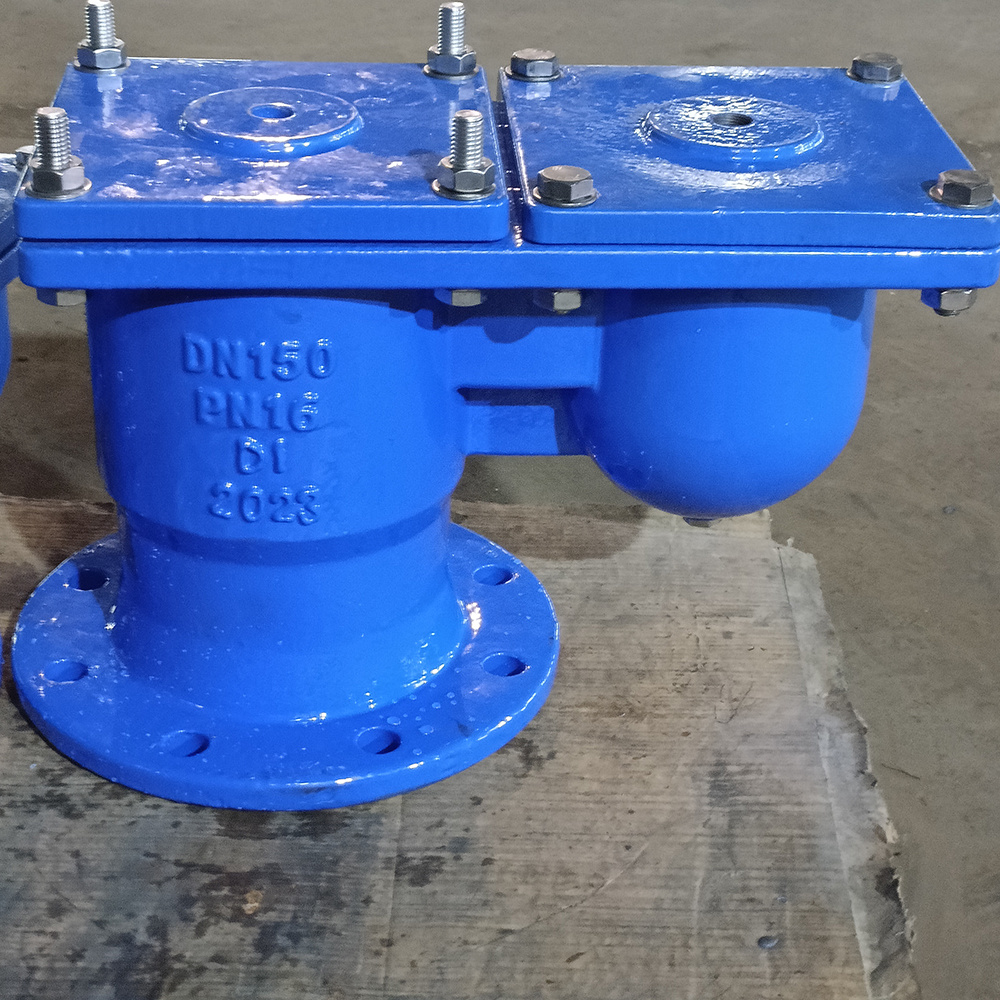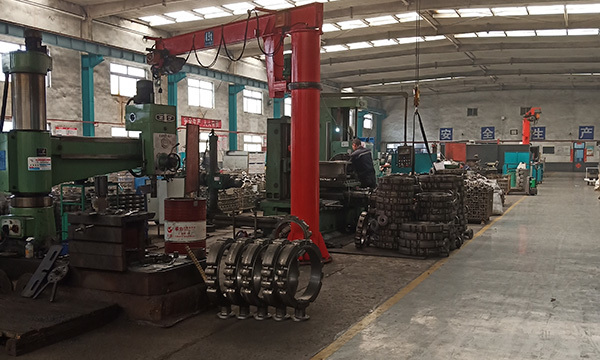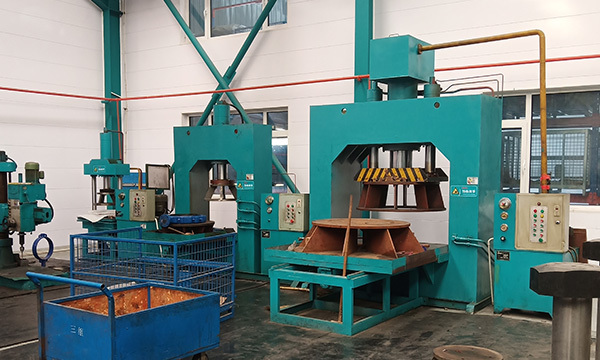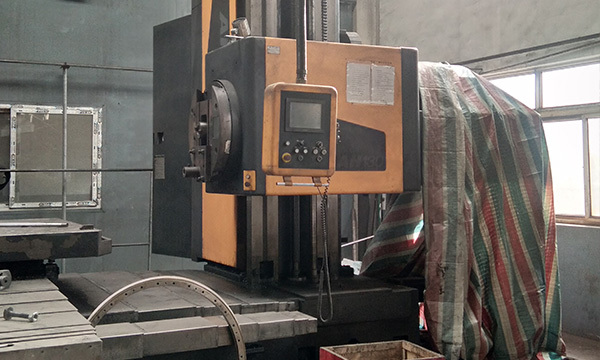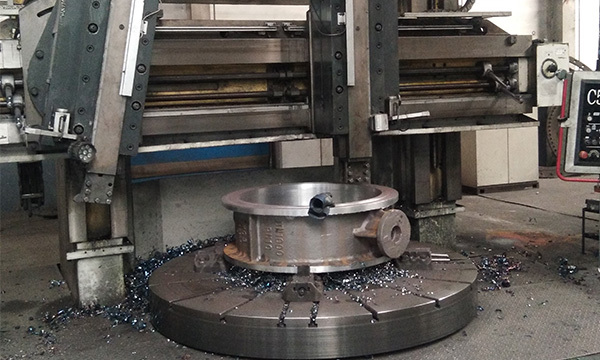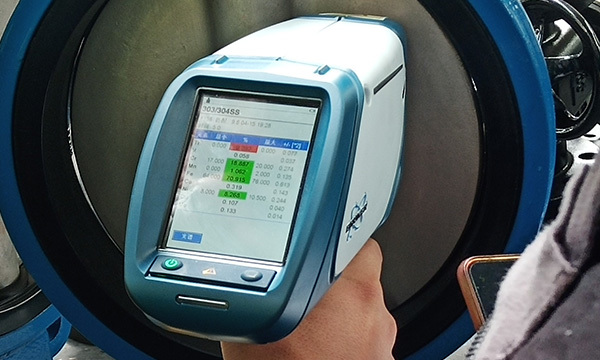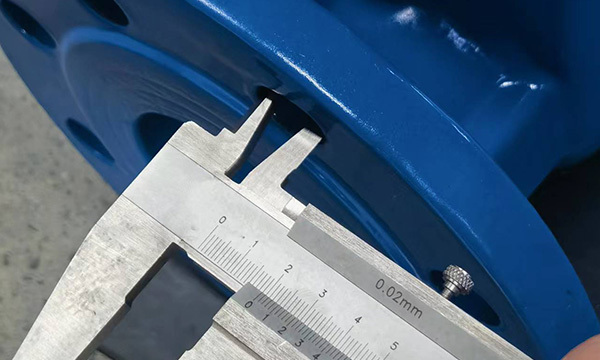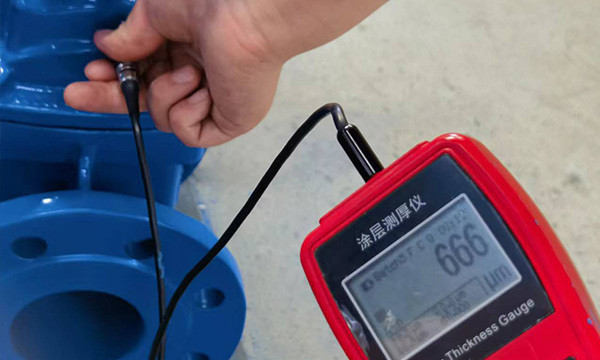Implementing Rubber Seated Butterfly Valves for Superior Fluid Handling
2025-05-09
Implementing Rubber Seated Butterfly Valves for Superior Fluid Handling
Table of Contents
- 1. Introduction to Rubber Seated Butterfly Valves
- 2. Benefits of Rubber Seated Butterfly Valves
- 3. Design Features of Rubber Seated Butterfly Valves
- 4. Applications of Rubber Seated Butterfly Valves
- 5. Selecting the Right Rubber Seated Butterfly Valve
- 6. Installation Best Practices
- 7. Maintenance and Troubleshooting
- 8. Future Trends in Valve Technology
- 9. Frequently Asked Questions
- 10. Conclusion
1. Introduction to Rubber Seated Butterfly Valves
Rubber seated butterfly valves are essential components in modern fluid handling systems. They are designed to regulate flow efficiently while minimizing pressure loss. By employing a distinct rubber seat, these valves provide a reliable seal that reduces the risk of leakage, making them ideal for various industrial applications. Understanding their functionality, advantages, and proper usage is crucial for maximizing operational efficiency.
2. Benefits of Rubber Seated Butterfly Valves
Rubber seated butterfly valves offer numerous benefits over traditional valve types. The following points highlight their key advantages:
2.1 Enhanced Sealing Performance
The rubber seat provides a superior sealing capability compared to metal-to-metal designs. This feature is vital in preventing leaks, ensuring minimal product loss, and maintaining system integrity.
2.2 Lightweight and Compact Design
These valves are typically lighter than their counterparts, making them easier to install and handle. Their compact design also saves space within piping systems, which is advantageous in installations with limited access.
2.3 Cost-Effectiveness
Due to their simple construction and ease of use, rubber seated butterfly valves are often more cost-effective than other valve types. The reduced maintenance requirements and longevity further enhance their economic advantages.
2.4 Versatility in Applications
These valves can handle a wide range of fluids, including water, chemicals, and slurries. This versatility makes them suitable for various industries, from water treatment to food processing.
3. Design Features of Rubber Seated Butterfly Valves
Understanding the design features of rubber seated butterfly valves is essential for selecting the right product for your application.
3.1 Valve Body Construction
Typically constructed from materials such as ductile iron, stainless steel, or PVC, the valve body provides strength and resistance to corrosion. The choice of material should match the specific fluid and environmental conditions.
3.2 Disc Configuration
The disc is the key component that regulates flow. Rubber seated butterfly valves usually feature a circular disc that rotates to open or close the valve. This design allows for quick operation, enhancing responsiveness in fluid control.
3.3 Rubber Seat Materials
The seat can be made from various types of rubber, including EPDM, NBR, and FKM. Each material has unique properties, such as temperature and chemical resistance, impacting its suitability for specific applications.
3.4 Actuation Methods
These valves can be actuated manually or automatically, depending on the operational requirements. Electric, pneumatic, or hydraulic actuators can enhance control and precision in flow regulation.
4. Applications of Rubber Seated Butterfly Valves
Rubber seated butterfly valves are utilized across numerous industries, showcasing their adaptability.
4.1 Water and Wastewater Treatment
In water treatment facilities, these valves regulate flow in pipelines, preventing contamination and ensuring efficient operations.
4.2 Chemical Processing
Their ability to handle corrosive substances makes them suitable for chemical processing applications where reliability is paramount.
4.3 Food and Beverage Industry
Compliance with hygiene standards is essential in food and beverage operations. Rubber seated butterfly valves provide a safe and effective solution for managing the flow of ingredients and products.
4.4 HVAC Systems
In heating, ventilation, and air conditioning (HVAC) systems, these valves control the flow of air and water, contributing to energy efficiency and comfort.
5. Selecting the Right Rubber Seated Butterfly Valve
Choosing the appropriate rubber seated butterfly valve involves considering several critical factors:
5.1 Flow Requirements
Evaluate the flow rate and pressure requirements for your application to ensure the valve can handle the demands placed upon it.
5.2 Fluid Characteristics
Understanding the physical and chemical properties of the fluid can determine the best rubber seat material and valve body construction. Consider factors such as temperature, viscosity, and corrosiveness.
5.3 Installation Environment
The environment in which the valve will be installed influences material selection. Exposure to harsh conditions might necessitate enhanced corrosion-resistant materials.
5.4 Regulatory Standards
Ensure compliance with relevant industry standards and regulations. This may include certifications for food safety or environmental compliance.
6. Installation Best Practices
Proper installation is essential for the optimal performance of rubber seated butterfly valves.
6.1 Pre-Installation Checks
Before installation, inspect the valve for any damage and verify that it meets the specifications for your application.
6.2 Piping Alignment
Ensure that the piping is aligned correctly to prevent undue stress on the valve during operation. Misalignment can lead to premature wear and failure.
6.3 Torque Specifications
Follow the manufacturer’s torque specifications when securing the valve. Over-torquing can lead to damage, while under-torquing may result in leaks.
6.4 Testing for Leaks
After installation, conduct a leak test to confirm the integrity of the valve seal before bringing the system online.
7. Maintenance and Troubleshooting
Regular maintenance is crucial for prolonging the lifespan and functionality of rubber seated butterfly valves.
7.1 Routine Inspections
Conduct routine inspections to check for signs of wear, corrosion, or leakage. Early detection can prevent major failures.
7.2 Cleaning Procedures
Cleaning the valve, especially in food and beverage applications, ensures compliance with safety standards. Use appropriate cleaning agents that do not damage rubber components.
7.3 Addressing Common Issues
Common issues include stem leakage, which can often be resolved by adjusting the packing or replacing worn components. Understand common troubleshooting techniques for effective maintenance.
8. Future Trends in Valve Technology
The valve industry is continually evolving. Several trends are shaping the future of rubber seated butterfly valves:
8.1 Automation and Smart Technologies
The integration of IoT and smart technologies is enhancing valve monitoring and control. Automated systems allow for real-time data analysis, improving efficiency and responsiveness.
8.2 Advanced Materials
Research into new materials is leading to stronger, more resilient valve components, further improving performance in challenging environments.
8.3 Sustainability Practices
Sustainability is becoming increasingly important, with manufacturers emphasizing eco-friendly materials and practices in the production of valves.
9. Frequently Asked Questions
9.1 What are the advantages of rubber seated butterfly valves over metal-seated valves?
Rubber seated butterfly valves provide better sealing capabilities, reduced leakage, and are often lighter and more cost-effective.
9.2 Can rubber seated butterfly valves handle high-pressure applications?
Yes, but it's essential to select the right valve design and material for the specific pressure requirements of your application.
9.3 How often should rubber seated butterfly valves be inspected?
Routine inspections should be performed at regular intervals based on the operating conditions, but a minimum of once per year is recommended.
9.4 What material is best for the rubber seat in corrosive environments?
For corrosive environments, fluoroelastomers (FKM) or EPDM rubber would be ideal due to their chemical resistance properties.
9.5 Are there any specific installation requirements for these valves?
Yes, ensure proper alignment with piping, adhere to torque specifications, and conduct leak tests after installation.
10. Conclusion
Implementing rubber seated butterfly valves in fluid handling systems offers significant advantages in terms of efficiency, reliability, and cost-effectiveness. Their design features and versatility make them suitable for a wide range of applications across various industries. By understanding their benefits and following best practices for selection, installation, and maintenance, operators can ensure optimal performance and longevity of these critical components. As technology advances, the future of rubber seated butterfly valves looks promising, paving the way for enhanced innovations that will further improve fluid handling capabilities.
rubber seated butterfly valve


